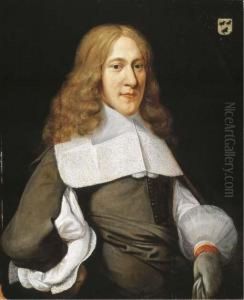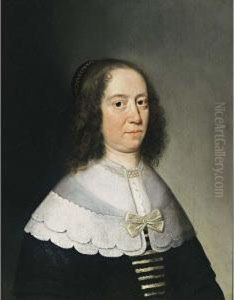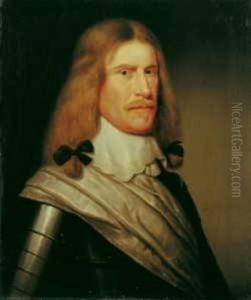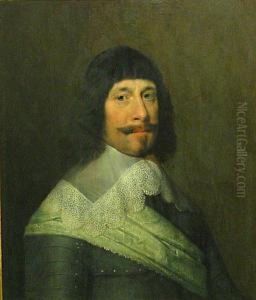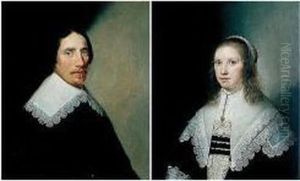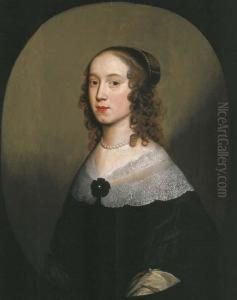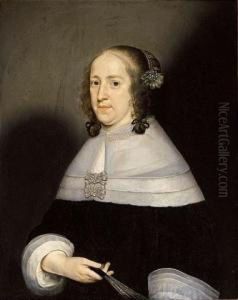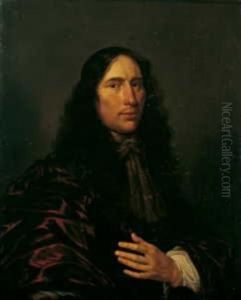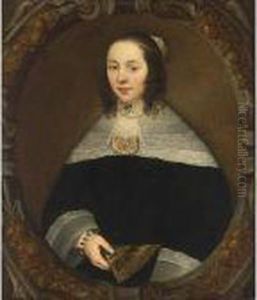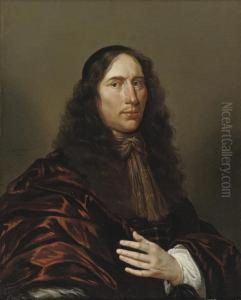Jan Jansz I Westerbaen Paintings
Jan Jansz Westerbaen, also known as Jan Jansz I Westerbaen, was a Dutch Golden Age poet and landowner, born in The Hague in 1599. Although not primarily known as a visual artist, his contributions to the cultural and literary landscape of the Netherlands during the 17th century were significant. Westerbaen was a contemporary of some of the most renowned figures of the Dutch Golden Age, including the painters Rembrandt van Rijn and Jan Vermeer, as well as the poet and playwright Joost van den Vondel. His work, however, leaned more towards literature than the visual arts, making him a notable figure in the Dutch literary tradition of his time.
Westerbaen's education and early career were marked by his studies in medicine at the University of Leiden, though he never practiced as a physician. Instead, he turned towards writing and became known for his poetry and satirical works. His literary output includes odes, sonnets, and satirical poems that often reflected his views on society, politics, and culture. Westerbaen's wit and mastery of the Dutch language made him a celebrated poet during his lifetime.
In addition to his literary pursuits, Jan Jansz Westerbaen was also the owner of the estate Ockenburgh near The Hague. He often used this estate as a retreat and a source of inspiration for his writings. Westerbaen's social status and connections with other intellectuals and artists of the period facilitated his role as a patron of the arts and a participant in the intellectual discourse of the time.
Westerbaen passed away in 1670 in The Hague. His legacy is preserved through his contributions to Dutch literature and the insights his works provide into the cultural and societal norms of the Dutch Golden Age. Although not as widely remembered as some of his contemporaries in the visual arts, Westerbaen's role as a poet and intellectual of the 17th century has ensured his place in the history of Dutch culture.
